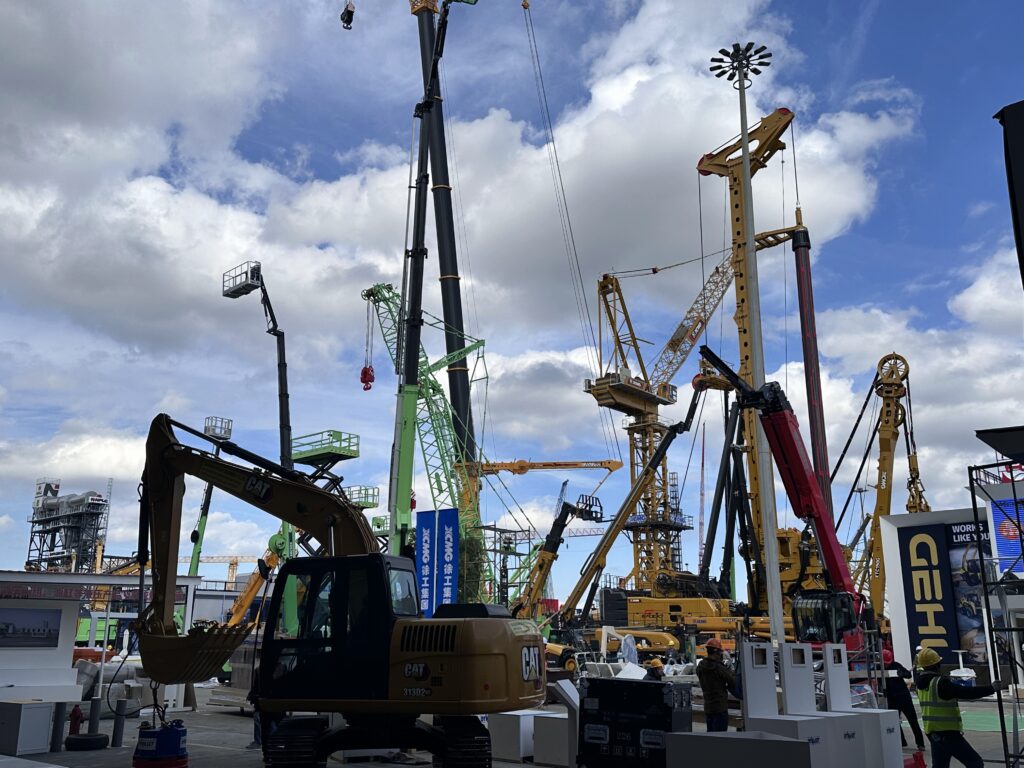During construction, the operator needs to be clear about the type and strength of the geology being drilled at this time, and apply what kind of drill pipe drilling tools and use what drilling method is the most effective. Understand these to better control the operation, to minimize the load, wear and tear, the fastest footage.

Cutting
Cutting drilling using bucket teeth, the use of double-bottomed sand bucket with resistance drilling rods, drilling more stable resistance to small strata, the general geological strength of 400 kPa or less, such as mud, silt and sand layers, through the bucket teeth rotary cutting, can reduce resistance to enhance the speed of the drilling rig.
Crushing type
Crushing drilling uses interceptor teeth to drill, most of them use double-bottomed rock drilling bucket, according to the geological strength, it can be equipped with friction or machine-locked drilling rods, and it can drill sand gravel, mudstone, sandstone, shale, and medium-weathering with the strength of 500kPa~1000kPa, and it realizes crushing drilling through the alloying point of pressurized transmission to the interceptor teeth.
Toggle type
Can use double bottom sand and double bottom into the rock drilling bucket, it can also be used with Bauer’s teeth, due to the different types of geology, resulting in drilling method changes, such as pebble layer, due to the pebbles arranged irregularly, can not be cut and crushed, can be used for toggle type drilling, with the main roll of hanging the drill pipe, with the tip of the teeth of the bucket toggle pebbles, pebbles loosened in the floating down the drilling bucket, the operation mode is to avoid the strength of the pebbles and vibration.
Fourth, grinding type
Use rock-entry cylinder drilling and tooth shaft drilling, with machine-locked drill rods to drill into the rock formation calculated by single-week compressive strength, the strength of which ranges from a few megapascals to several tens of megapascals, usually for the rock-entry end-bearing piles, through the cylinder drilling ring-cutting milling into the rock, or through the tooth shaft drilling milling drilling, and at the same time, according to the type of rock formation, strength, brittleness, and fissures do not rule out the possibility of crushing.
If you have any inquiries about undercarriage parts, please feel free to contact us.
